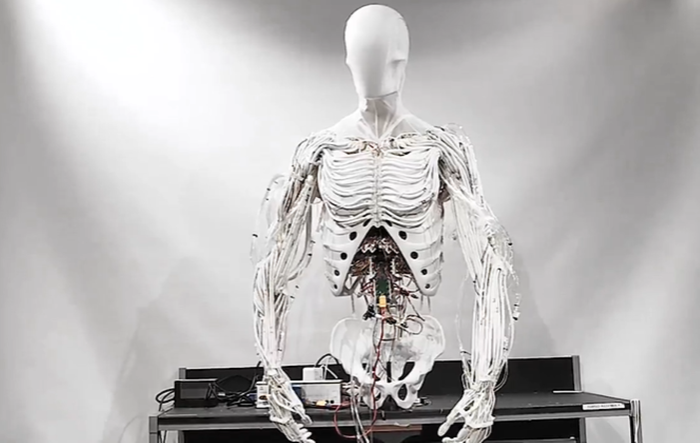NCCoE Seeks IoT Device, Networking Vendors to Beat Botnets
The National Cybersecurity Center of Excellence is working to better secure connected products.
January 17, 2018

The federal government is looking to work with IoT device and networking vendors to demonstrate new security standards in practice, with the aim of better securing connected products used by consumers and small businesses against botnets and six other automated distributed threats.
Botnets, like the Mirai DDoS-attack that took down large portions of the web in 2016, aren’t new, and aren’t limited to IoT devices, according to Tim Polk, internet standards lead for the National Cybersecurity Center of Excellence. But because there are so many connected devices, and so many more being developed, security must be implemented in a more scalable way – and in a way that does not put the onus on the consumer or the small business to be a security expert.
“DDoS has always been a problem, but we’ve…not made big changes in how we work to address it,” Polk said. “We’re going to have to be smarter, and find ways to do security in a more scalable way, especially for IoT devices, but not just for IoT devices.”
With that goal, the project, “Mitigating IoT-based Distributed Denial of Service (DDoS)” calls for vendors to leverage standards, specifically, the Manufacturer Usage Description (MUD) specification, and security best practices, to demonstrate a proposed approach for secured deployment of IoT devices in home and small enterprise networks. MUD has particular relevance for small businesses and independent users, because it’s designed to reduce the workload in terms of configuration management, according to Polk.
The deployment will be “in a manner that provides significantly higher security than is typically achieved in today’s environments,” according to the project description. The project also includes dimensions such as easing the patching process by automating security updates and eliminating hard-coded passwords on devices.
Documentation from the project, tailored to the CEO, CISO and more technical audiences, will be published by approximately the end of the year. It will include demonstrating how the MUD protocol works, and what enterprises need to do to take advantage of it within real-world situations, according to Polk. The project will also create an online community of interest through which participants and non-participants alike can share questions and more.
NCCoE is part of the National Institute of Standards and Technology, which is a part of the U.S. Department of Commerce. Unlike NIST, which is focused on developing standards, NCCoE focuses its work on demonstrating real-world applications of the technology.
The project dovetails with a draft report issued last week by NIST on botnet security, part of which recommends a private, industry-led certification for connected devices, a “Good Housekeeping Seal of Approval,” of sorts for security, according to Polk. The work of both agencies is driven in part by an executive order issued in May, “Strengthening the Cybersecurity of Federal Networks and Critical Infrastructure,” a piece of which commissions the Department of Commerce and Department of Homeland Security to recommend actions that need to be taken by stakeholders to make the internet more resilient against botnets.
Two-dozen companies have already contacted the NCCoE since the project announcement on Dec. 27, Polk said. NCCoE is talking about adding a third use case for the enterprise, Polk added.
The advantage for participating vendors, Polk said, is networking and building relationships with other vendors, publicity for their solutions, and a chance to try out the newest protocols and specifications within their products.
“If they’re interested in taking what they’re building today and moving it to meet this vision, it’s a smart place to come and work with us,” Polk said.
About the Author
You May Also Like






